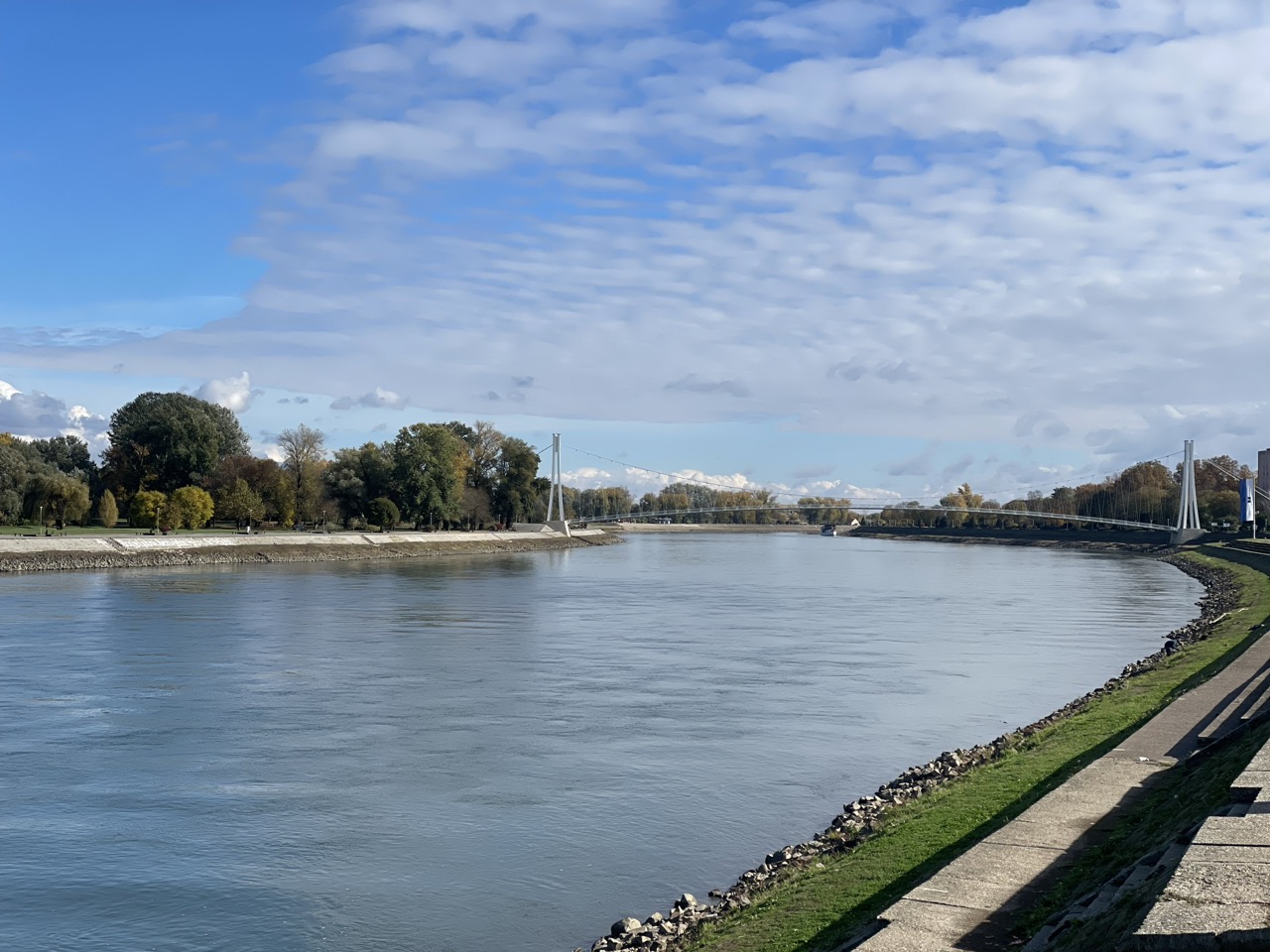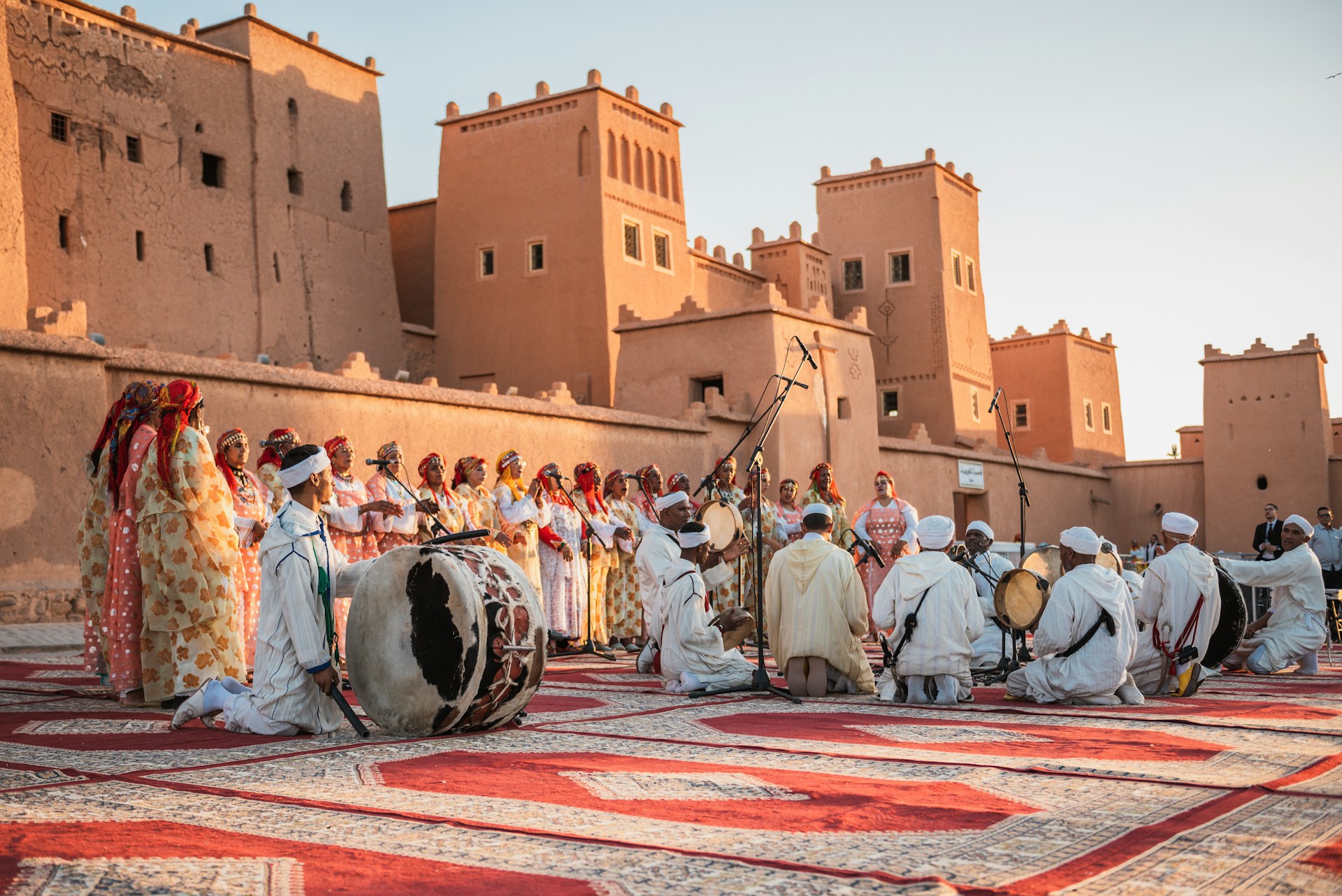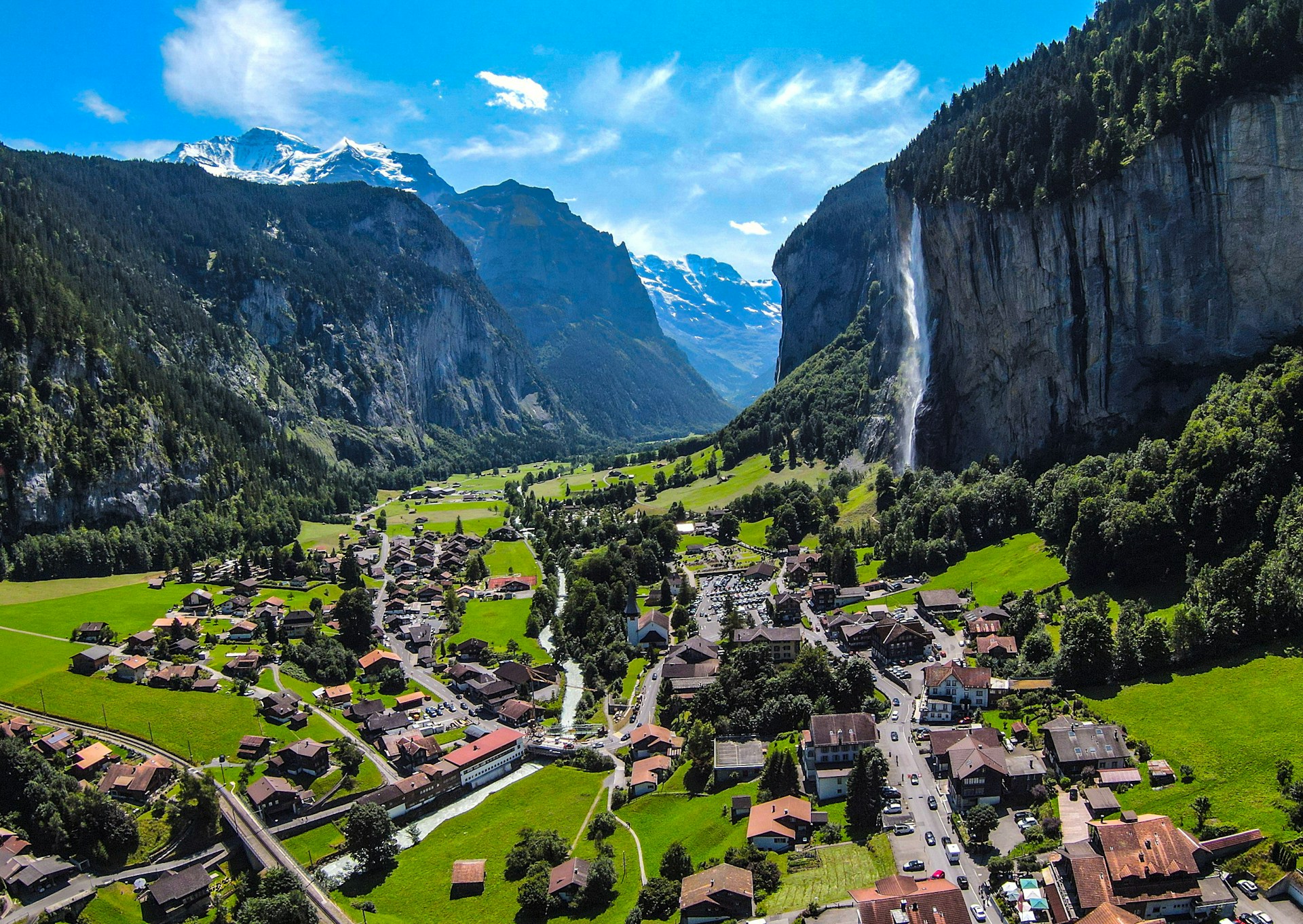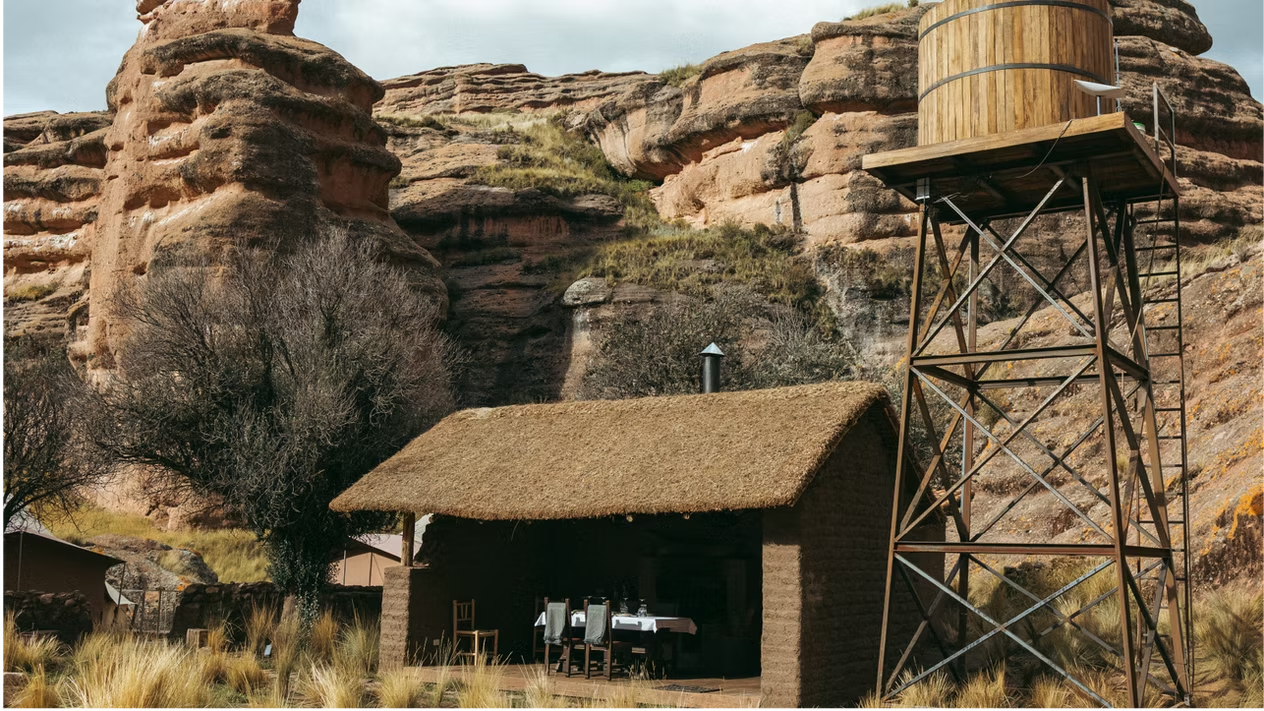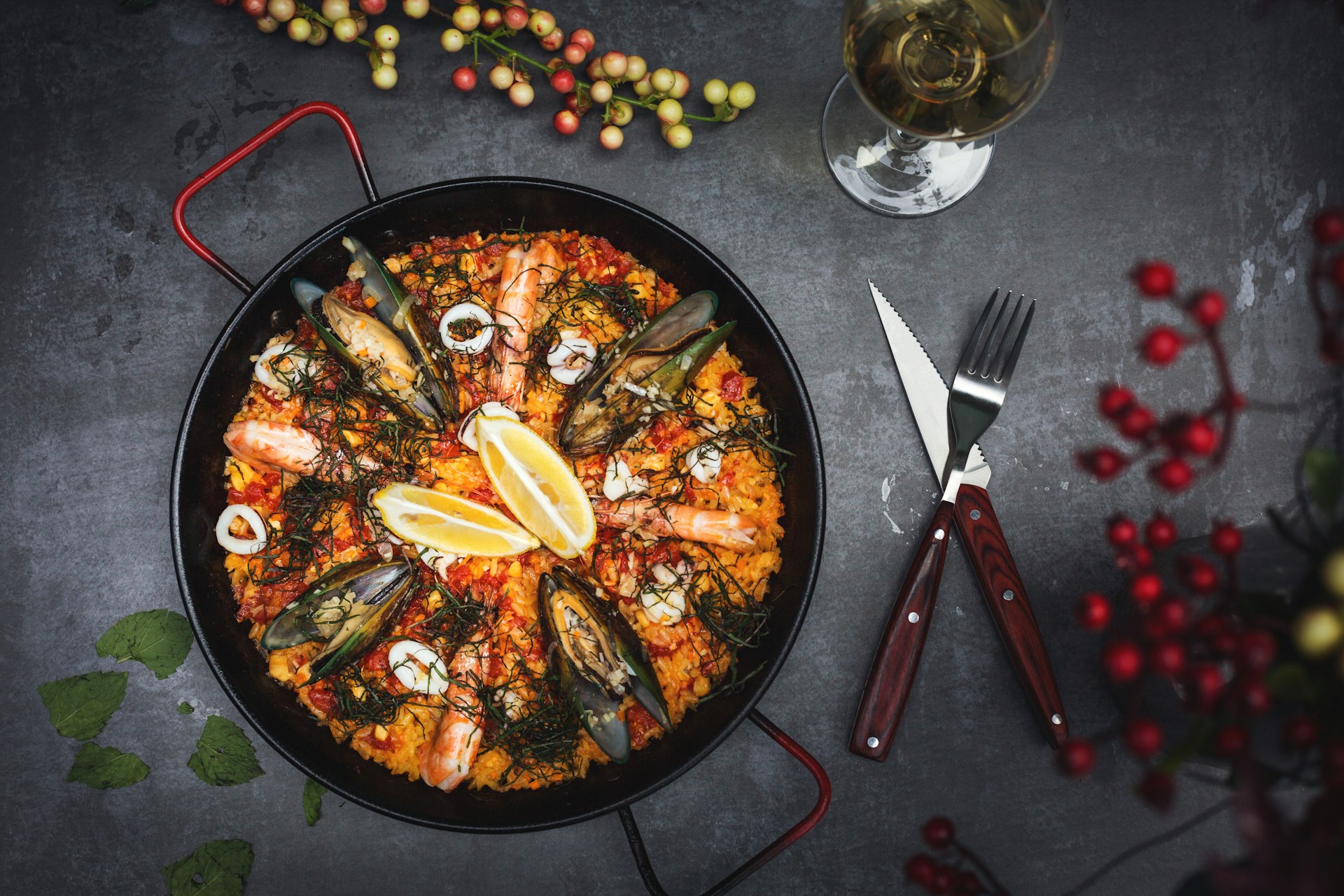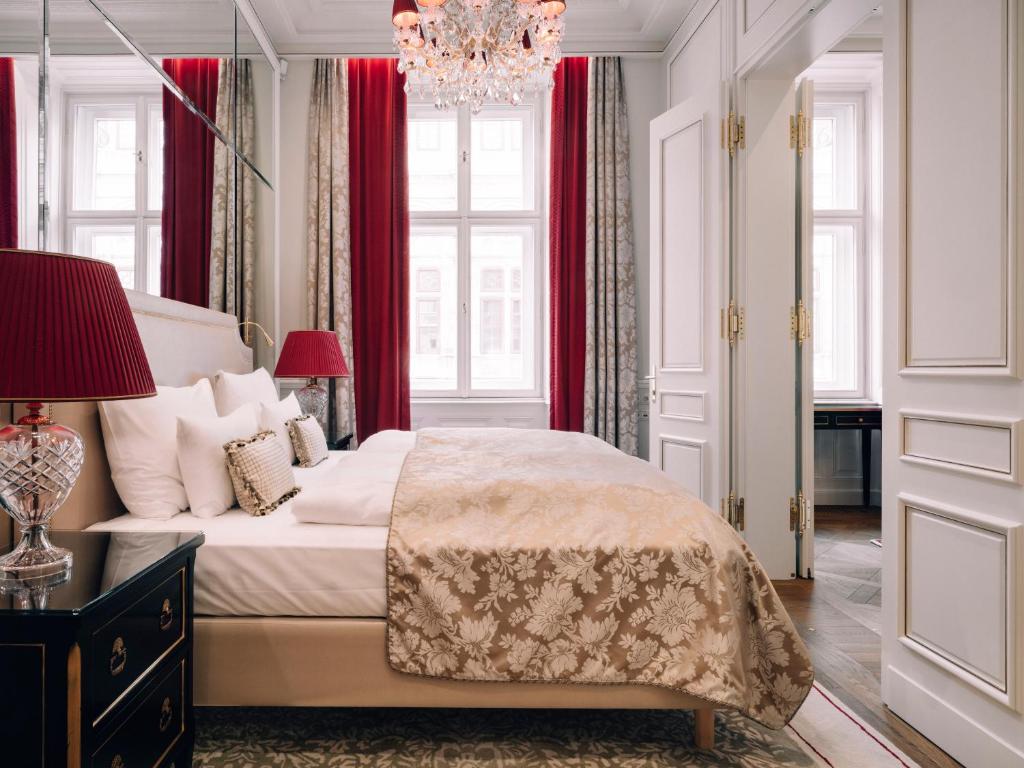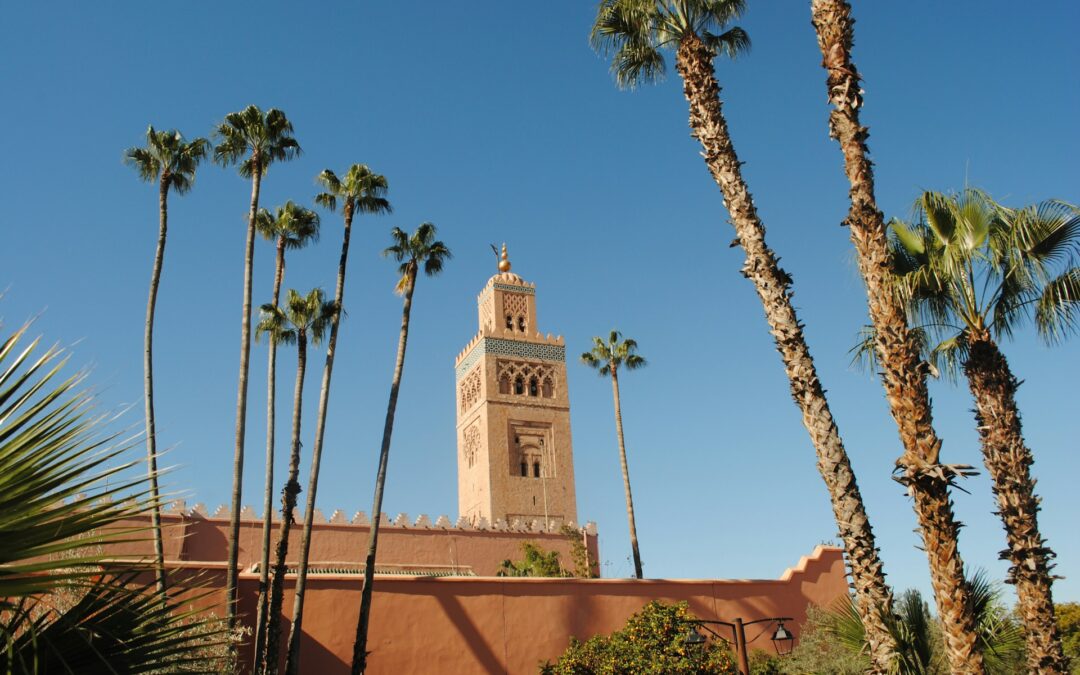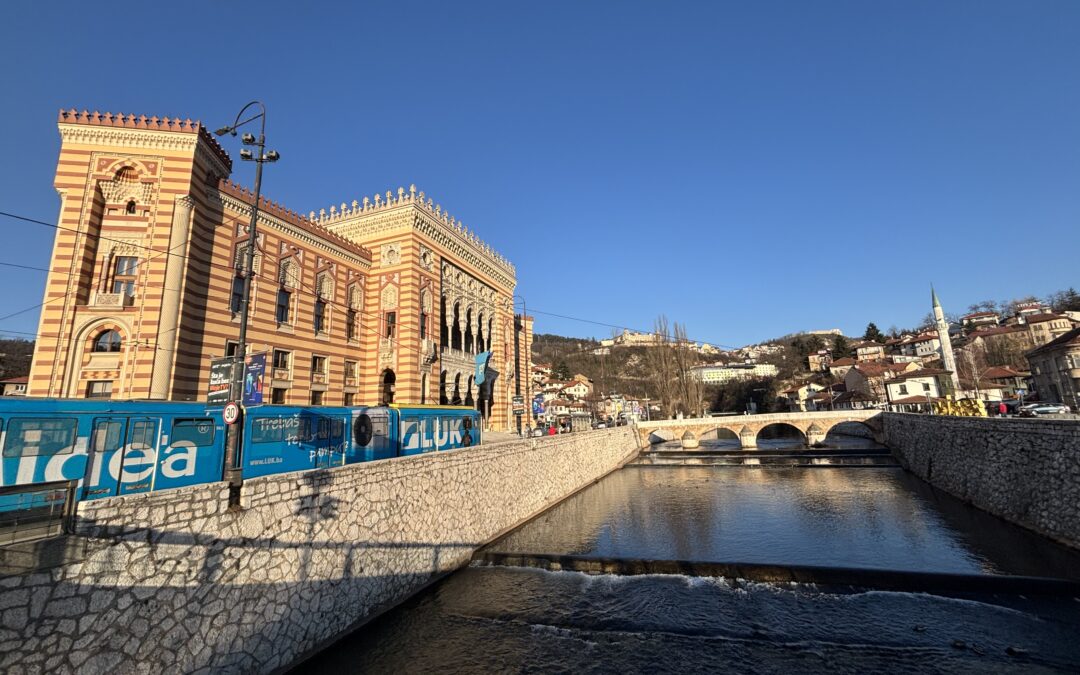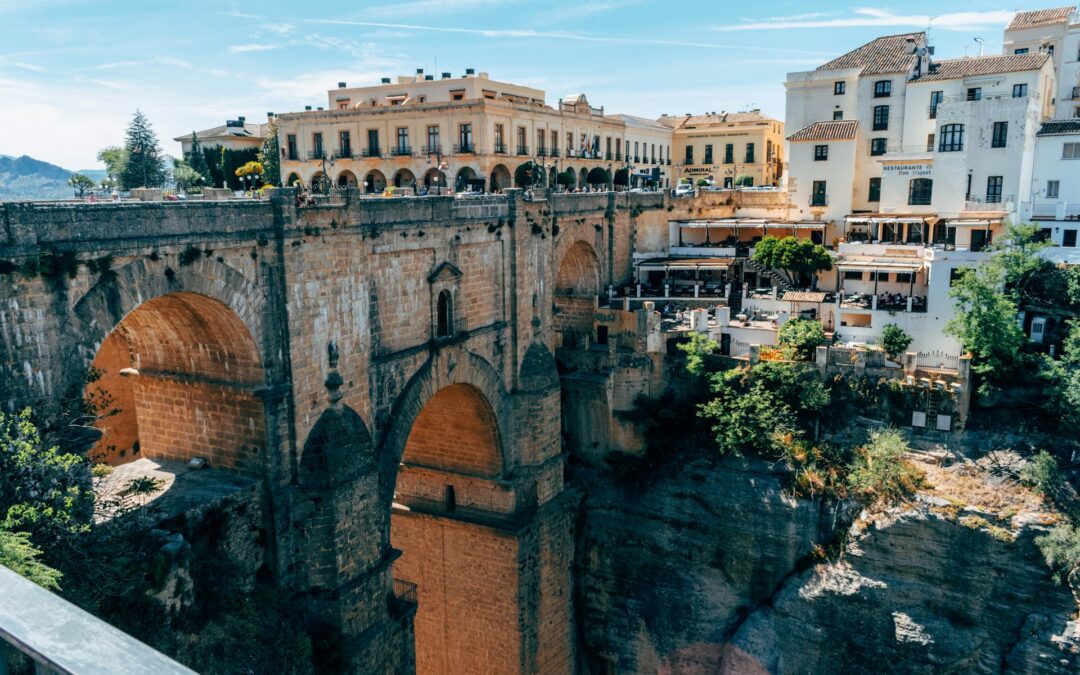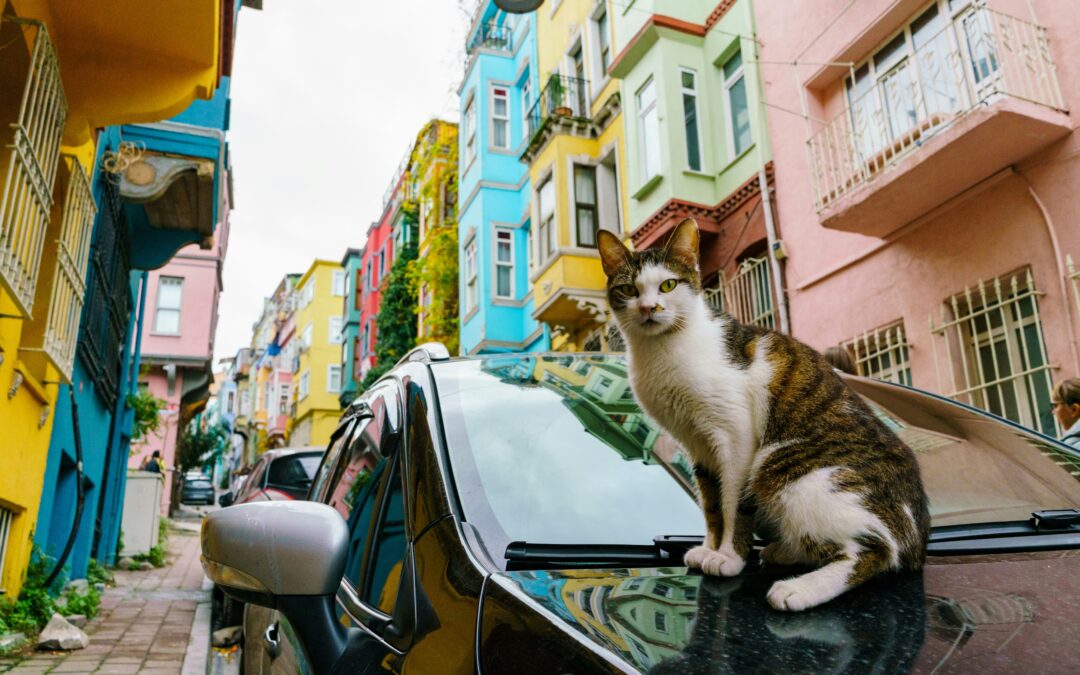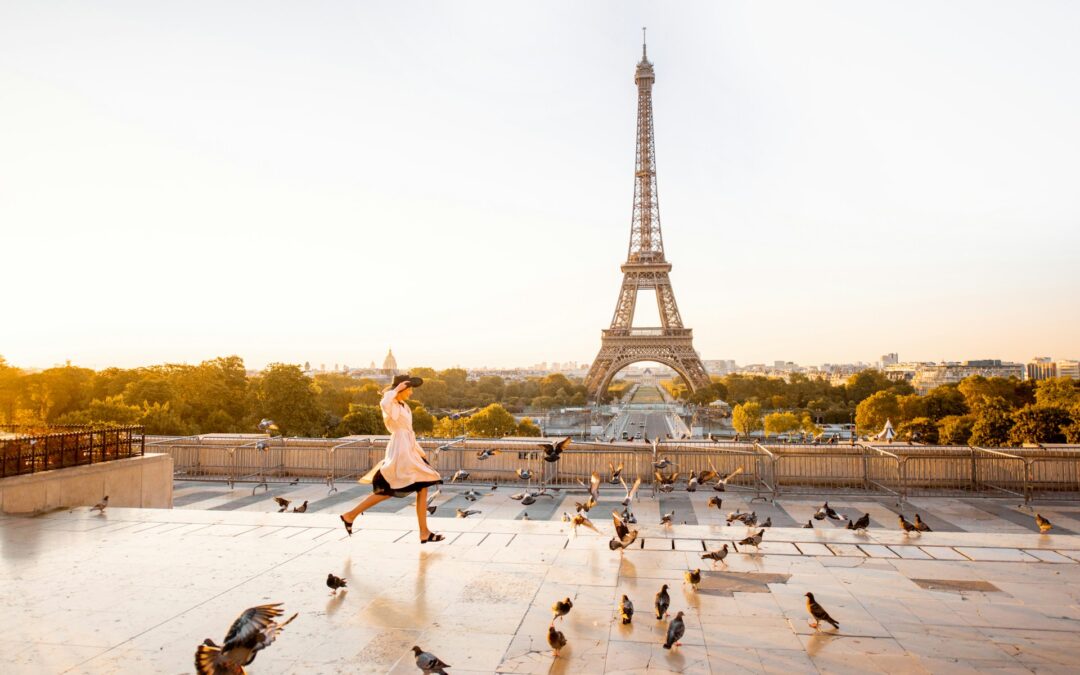At first glance, Palma de Mallorca might seem like just another popular Mediterranean destination. But from the moment we arrived, we realized that this city—and the entire island—offers much more than sun and sea. Our flight from Zagreb with Ryanair lasted just over two hours, and we found return tickets at a surprisingly affordable price. Although we expected Mallorca to be expensive, the reality was quite the opposite—prices are comparable to those in Zagreb, but the experiences are incomparably richer.
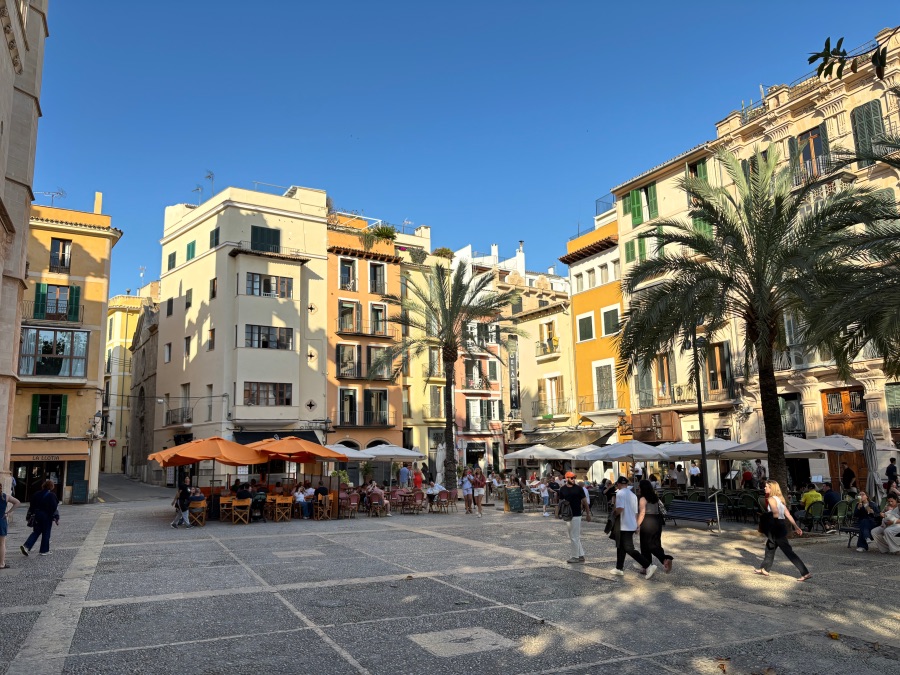
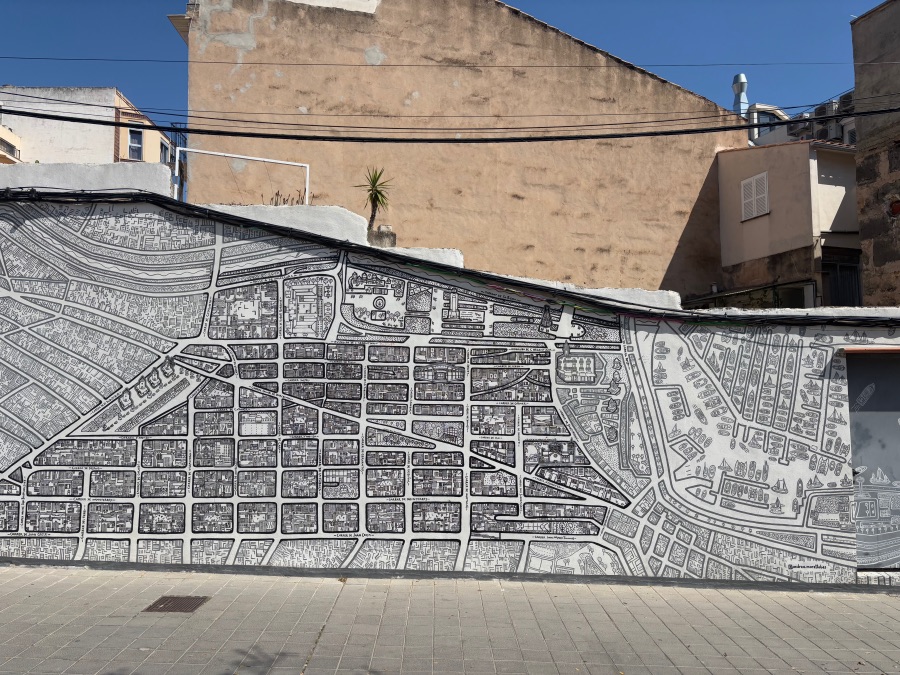
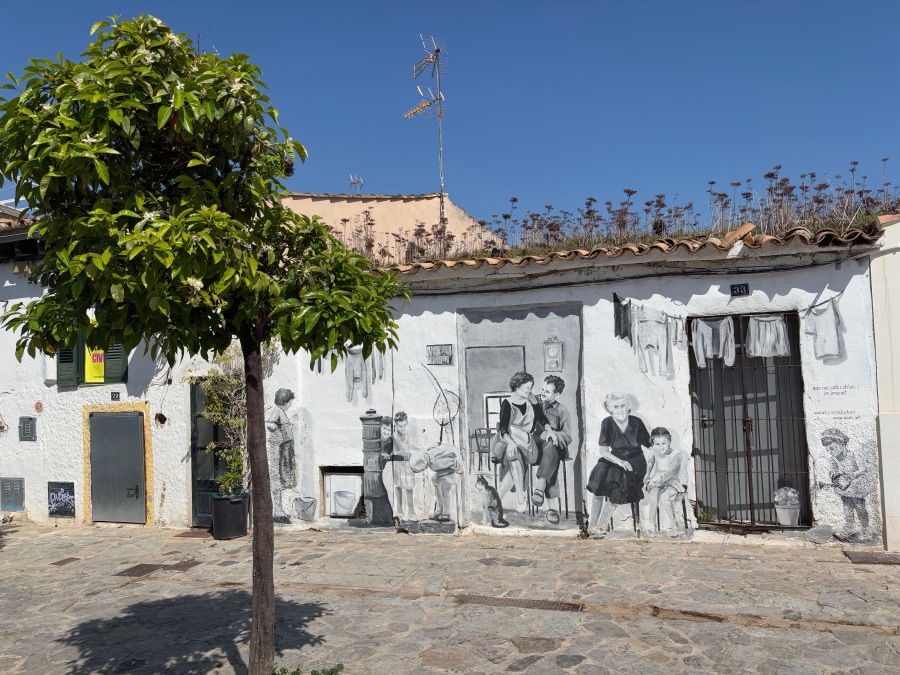
Palma greeted us as a real city, lively and spacious, with more than 400,000 inhabitants—far from the image of a small, pricey resort town we might have imagined. If you are planning what to see in Palma de Mallorca, you’ll quickly discover that the city is much more than a beach getaway; it’s a cultural and historical treasure trove.
A City of Rich History and German Influence
Palma de Mallorca has a fascinating history that stretches back to Roman times when it was founded as a Roman colony. Later came Moorish rule, which left deep marks on the city’s architecture and culture, followed by the Spanish conquest. Today, Palma pulses with a unique Mediterranean rhythm. Walking its streets, you’ll feel layers of history blending together, but you’ll also notice a modern touch: Palma is exceptionally well adapted to German tourists. It’s no wonder people jokingly call it Germany’s “17th federal state.” From German-language signs and menus in restaurants to shops and organized activities, the German influence is everywhere.
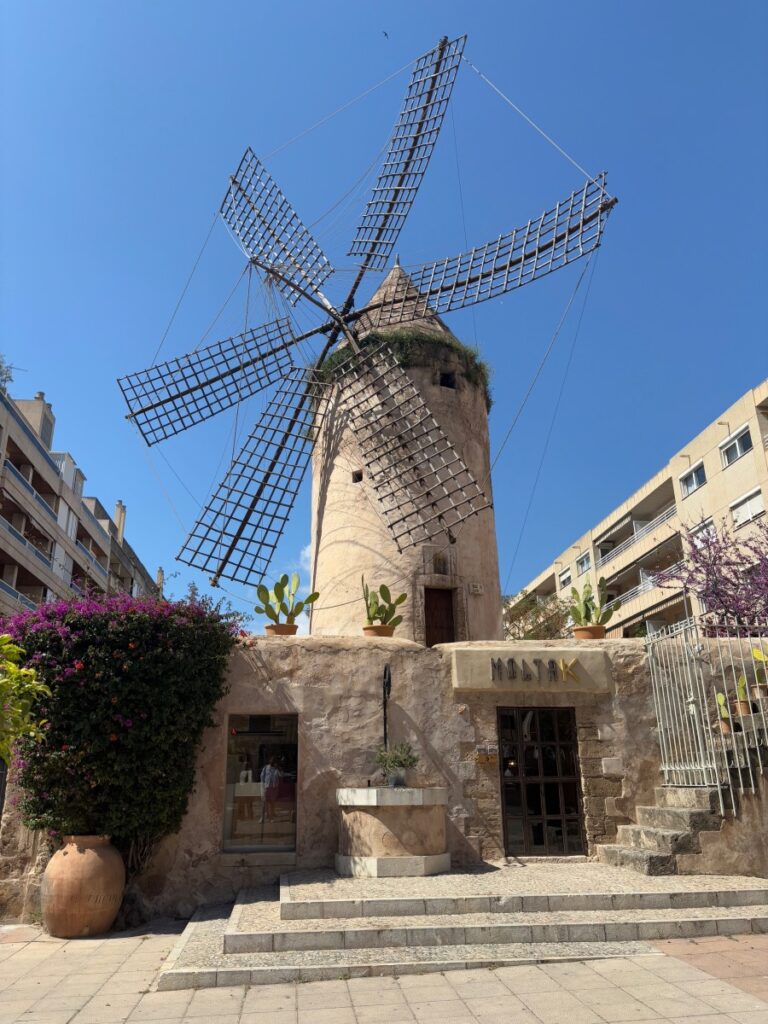
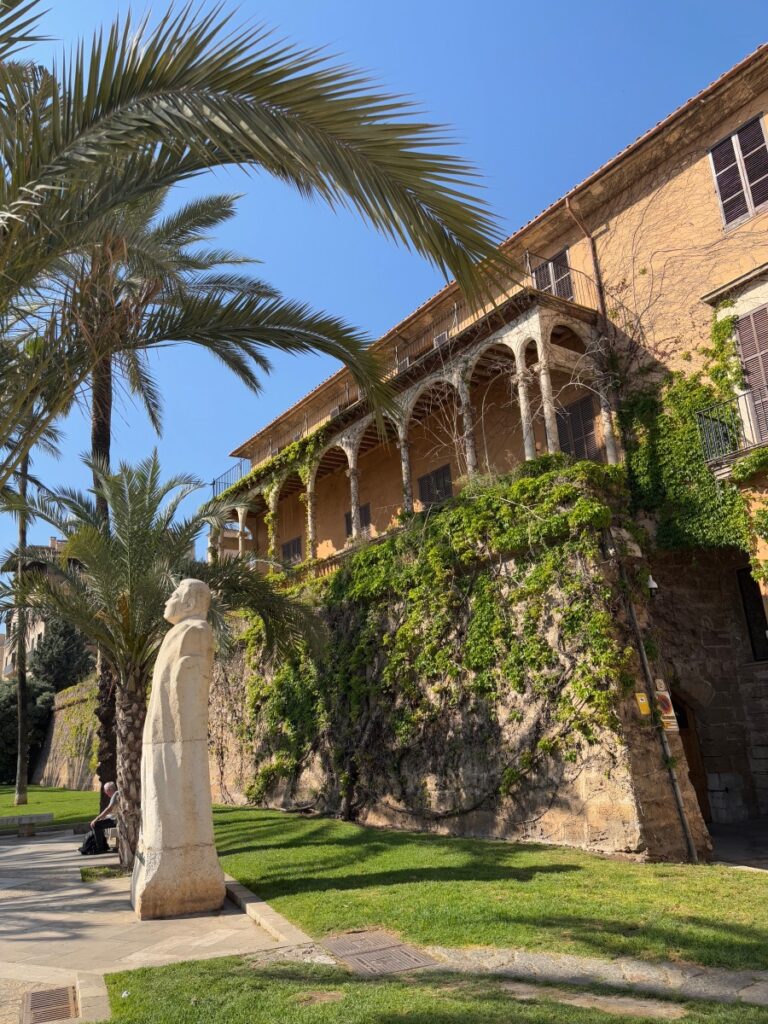
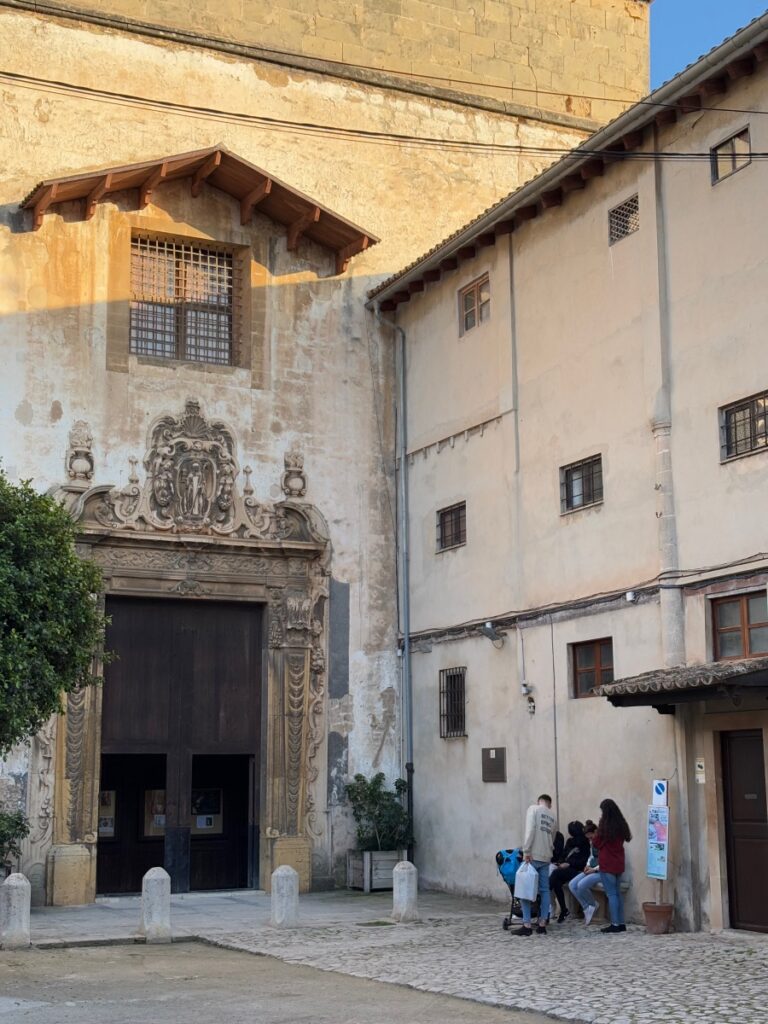
Interestingly, despite Mallorca’s popularity among British visitors, we hardly noticed them in Palma itself—except for a tucked-away karaoke bar where, at 2 AM, someone passionately (but painfully off-key) belted out Adele. Instead, Palma has clearly found its primary international audience among Germans, tailoring much of the city’s offer to them, while other nationalities tend to explore different corners of the island.
The Cathedral of Light: The Heart of Palma
The most iconic sight in Palma de Mallorca is undoubtedly the impressive La Seu Cathedral, a masterpiece of Gothic architecture built on the site of a former mosque. Rising proudly above the sea, its silhouette dominates the city skyline. Inside, you’ll find breathtaking details, including design touches from the legendary Antoni Gaudí. This is one of the largest cathedrals I have ever visited, and it is truly spectacular. Expect to spend at least two hours exploring its monumental interior.


Entrance tickets cost €10 per person, and the price includes access to the Museum of Sacred Art located just behind the cathedral. Right next door stands Palacio de la Almudaina, the royal palace with strong Moorish roots—a symbol of Mallorca’s turbulent history and a reminder of royal presence on the island. A stroll through this historic heart of the city is one of the essential answers to the question of what to see in Palma de Mallorca.
Wandering the Stone Labyrinth: The Charm of the Old Town
Step into the narrow cobblestone streets of Casco Antiguo, Palma’s old town, and let yourself be transported back in time. You’ll discover charming balconies overflowing with flowers, hidden courtyards offering peaceful shade, and centuries-old stone walls. Every corner presents an opportunity to stop for coffee in a local café, browse a boutique with handmade crafts, or explore one of the many galleries and antique shops.
Don’t miss Banys Àrabs, the remains of 11th-century Arab baths that reflect Palma’s layered cultural heritage. Nearby, you’ll find the Monasteri de Santa Clara, where nuns sell delicious homemade cookies through a small window. We planned to visit this famous window for two days in a row, but each time we arrived too late. Perhaps you’ll have better luck.
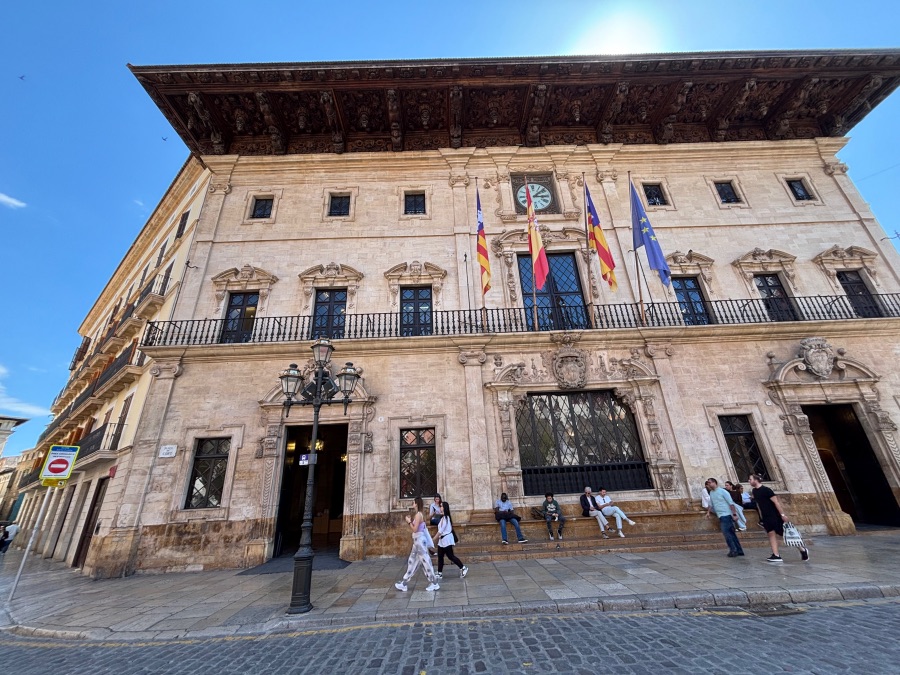
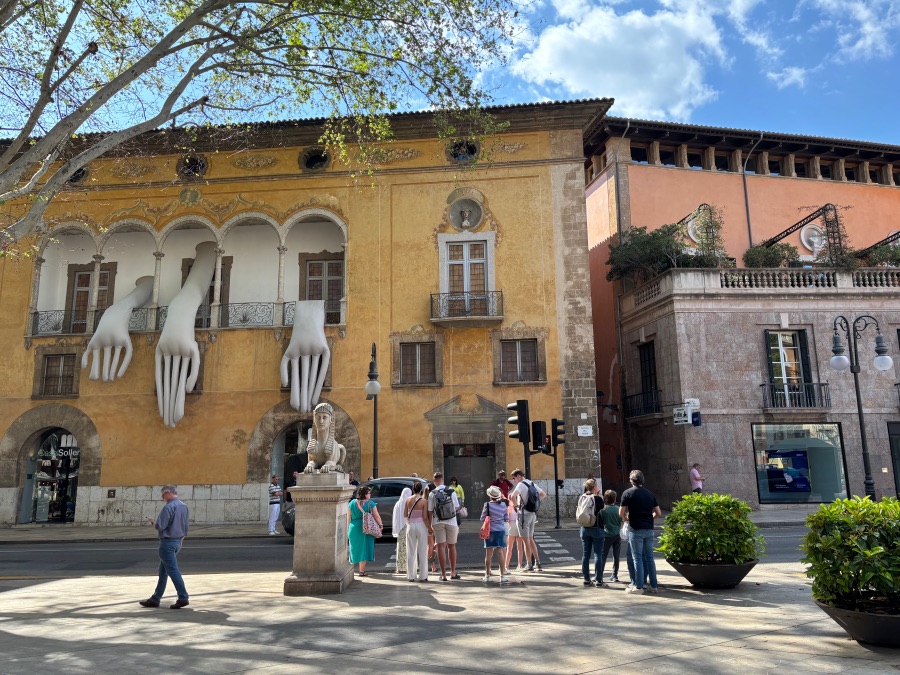
If you wander west into the Ponent district, you’ll come across old windmills dating back to the 16th–19th centuries. These water and grain mills, now silent, once stood as a testament to Mallorcan farmers’ ingenuity, harnessing the wind for both grinding grain and pumping water.
Tasting Palma: A Journey Through Local Gastronomy
While Palma has plenty of restaurants catering to tourists, the real culinary adventure lies in discovering local favorites. We chose Bar Coto Dos, recommended by friends, and it did not disappoint. The three-course daily menu (served until 4 PM) offers authentic flavors at a fair price.
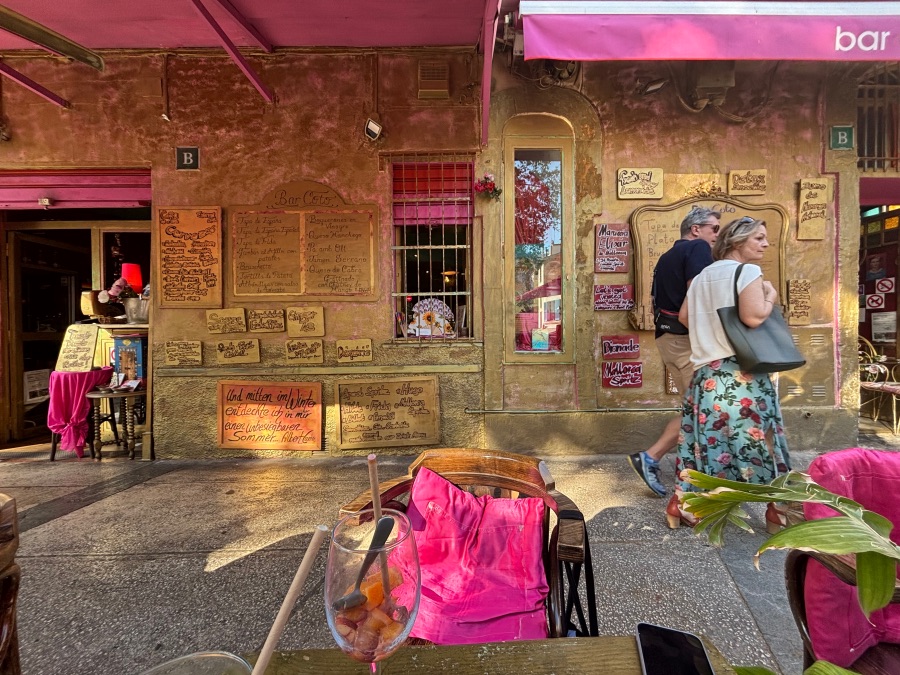
But our true gastronomic highlight came at Restaurant 1955, located outside the city center. There, we enjoyed the best seafood paella we’ve ever tasted—packed with shrimp and mussels—served with a stunning sea view and warm family atmosphere. Dinner for two, including drinks, cost us €44, which felt like a bargain.
For a deep dive into local ingredients, visit Mercat de l’Olivar, Palma’s bustling central market. Here, you’ll find everything from fresh seafood to local cheeses and olives. You can also enjoy tapas on the spot. Note that the market closes at 3 PM, so plan accordingly—it’s just a five-minute walk from Plaça Major, the city’s main square.
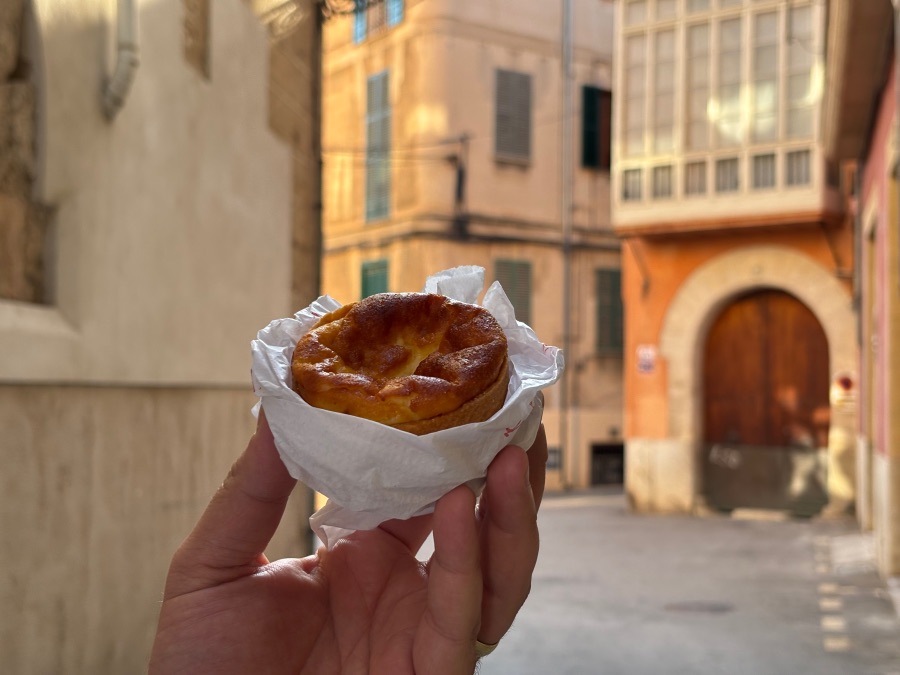
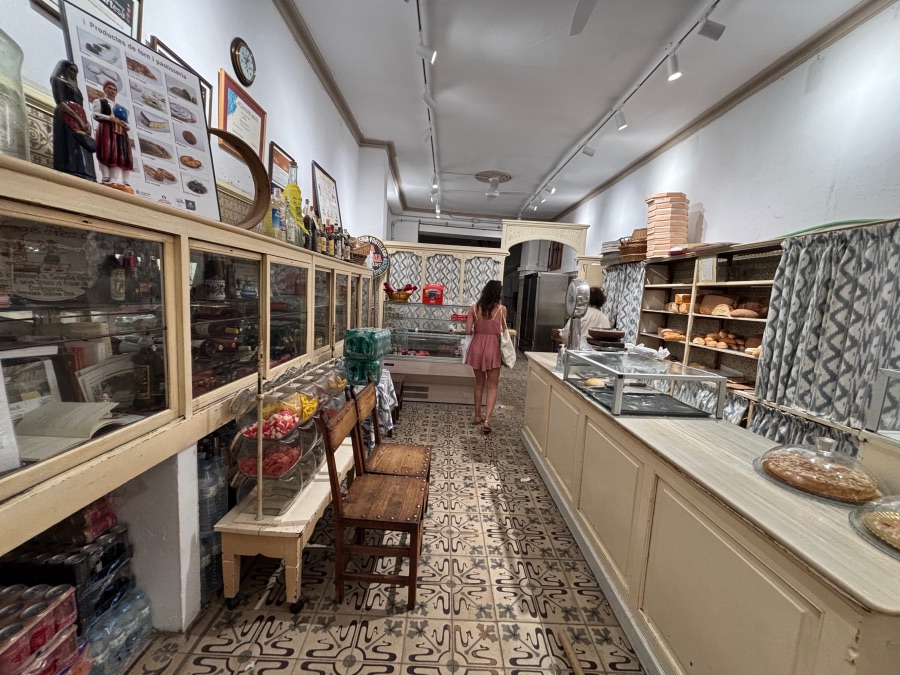
And then there are the bakeries—true hidden gems of Palma. One that especially impressed us was Forn de la Gloria, located in the city center. Although the interior was unlike the bakeries we’re used to in Croatia, and the shelves were nearly empty by the time we arrived, we tried a lemon tart that was so good we went back every day for more. Be prepared for long queues, sometimes stretching dozens of meters outside the shop.
Practical Information for Your Trip
For our stay in Palma, we chose not to stay in the city center but instead booked Hotel AHOI! Urban Beach, just a few minutes’ walk from the beach and about a 30-minute ride by local bus to the center. The bus system is excellent—buses run every 10 minutes in all directions. A single ride costs €2 (cash only), while the airport bus, which does accept card payments, costs €5 per person and takes just 15 minutes to reach the city center.
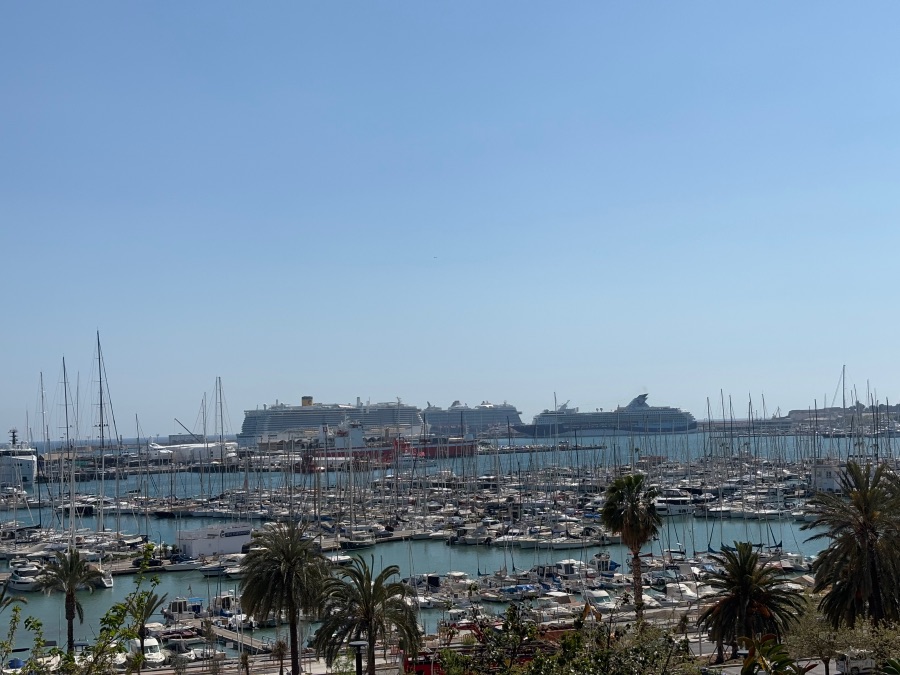
The location turned out to be ideal: close to the beach for relaxation, yet with easy access to the bustling city.
Palma de Mallorca: More Than Just a Weekend Destination
Palma de Mallorca is not just a weekend escape—it’s a city that invites you to explore, taste, and absorb its unique atmosphere. Here, you don’t need to pretend to be a tourist. Simply give in to the city’s charm and let it win you over with its authenticity.

If you’re planning your trip and wondering what to see in Palma de Mallorca, remember that this city offers everything: from Gothic cathedrals and Arab baths to lively markets, hidden bakeries, and stunning seaside views. Whether you’re after culture, history, food, or relaxation by the sea, Palma de Mallorca will surprise you at every step.
10 Tips for Visiting Palma de Mallorca
- Visit La Seu Cathedral early – Beat the crowds and enjoy the morning light streaming through its stained-glass windows.
- Don’t miss the Arab Baths (Banys Àrabs) – One of the last remnants of Moorish rule, offering a quiet glimpse into history.
- Stay near the beach but use buses for the center – Public transport is frequent, cheap (€2), and the airport bus takes just 15 minutes.
- Plan your market trip before 3 PM – Mercat de l’Olivar closes early, so arrive by lunchtime for tapas and fresh local products.
- Try local bakeries – Forn de la Gloria is a must-visit for its pastries; go early to avoid long queues.
- Explore the Old Town on foot – Casco Antiguo’s narrow streets are best discovered without a map—let yourself get lost.
- Photograph the windmills – Head to the Ponent district to see historic windmills from the 16th–19th centuries.
- Eat outside the tourist zone – Neighborhood restaurants like “1955” serve authentic paella at fair prices with sea views.
- Bring cash – Many buses and smaller shops still don’t accept cards, so carry a few euros with you.
- Make it more than a beach trip – Palma combines history, gastronomy, and culture—plan at least a weekend to enjoy it fully.

